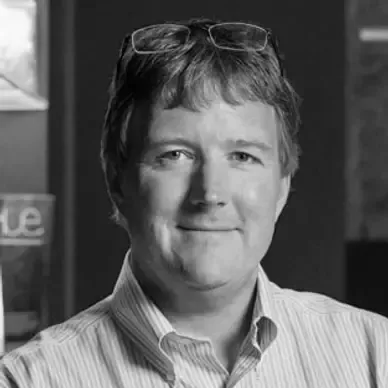Jason Sayen
Jason Sayen, founder of I am Sayen is a Process Architect who helps businesses get unstuck by redefining how they operate using his G.U.I.D.E. Framework.
Through his workshops and consulting, Jason guides companies in transforming chaos into clarity, turning tribal knowledge into documented, scalable processes that align teams and unlock growth. His practical, workshop-style approach empowers business owners to visualize how work flows through their organization, identify operational gaps, and create a single source of operational truth for everyone to follow.
With over 30 years of experience in the Consumer Electronics and Integration Industry, Jason has held key leadership roles with leading CEDIA manufacturers, a national distributor, and an award-winning rep firm. This blend of technical insight and process expertise makes him a sought-after speaker and trusted advisor for companies navigating growth, mergers, and operational scaling.

